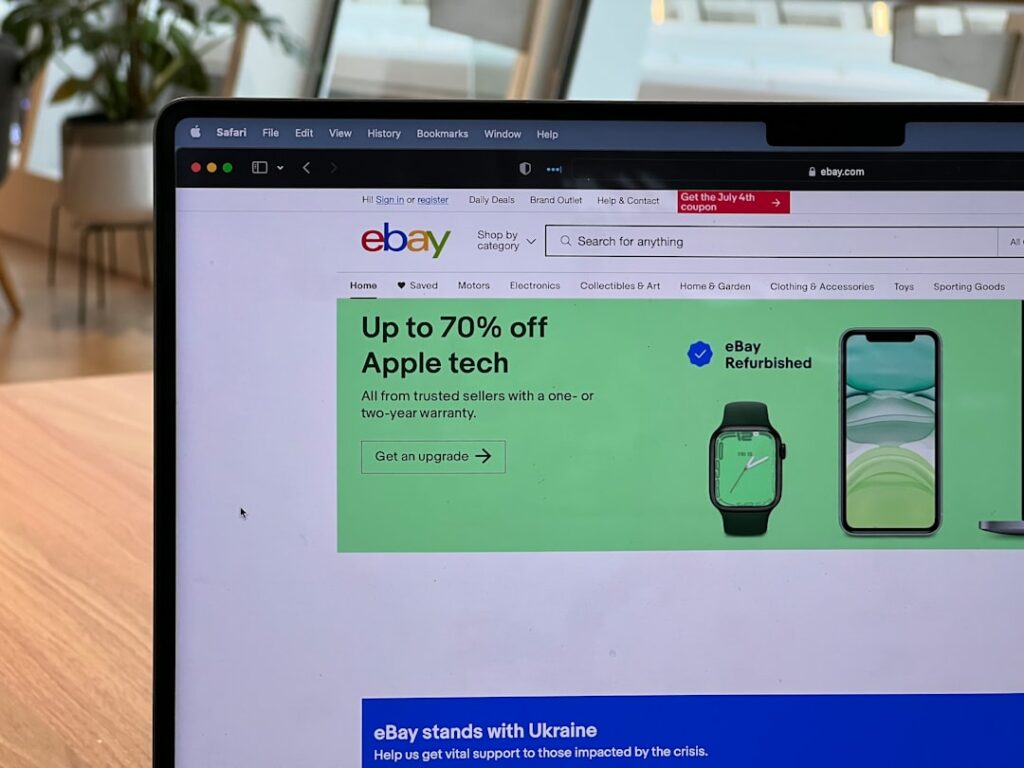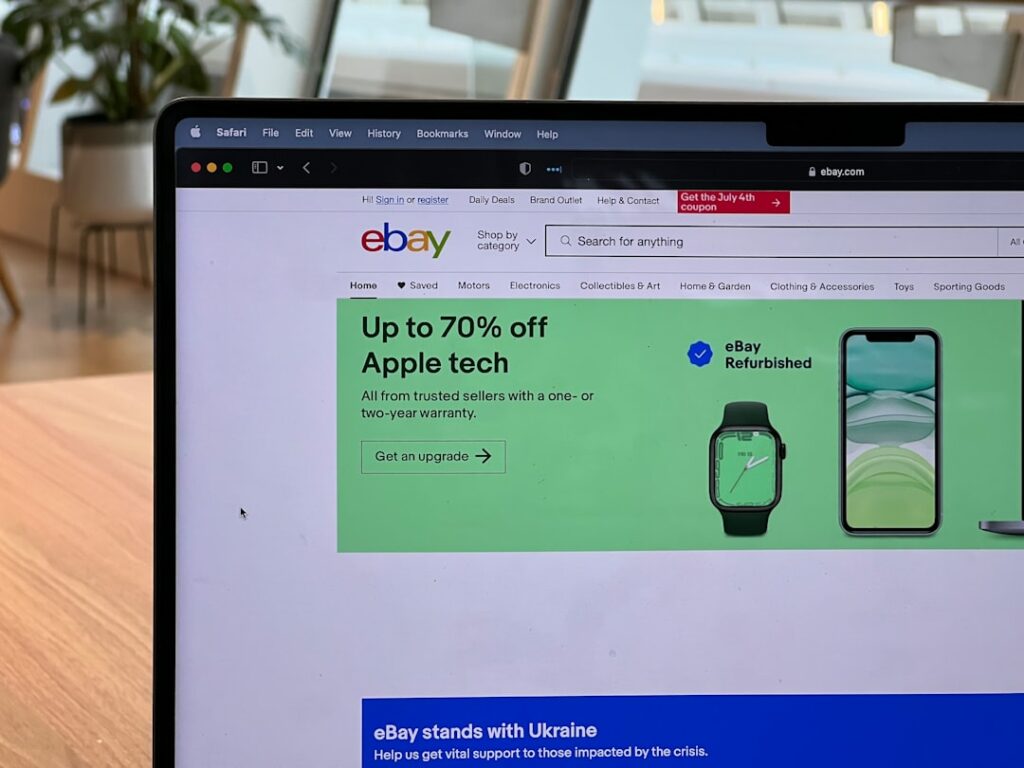Start Your Amazon Business: A Beginner’s Guide
Step 1: Understand the Amazon Business Model and Your Niche
Research Amazon Seller Options (FBA vs. FBM)
Before you begin, it’s crucial to understand the two primary fulfillment methods Amazon offers: Fulfillment by Amazon (FBA) and Fulfillment by Merchant (FBM). FBA means you send your products to Amazon’s fulfillment centers, and they handle storage, picking, packing, shipping, customer service, and returns. This is often preferred for scalability and convenience, though it involves FBA fees. FBM means you, the seller, are responsible for storing, packing, and shipping products directly to customers. This method gives you more control but requires significant logistical effort. For most new sellers aiming for growth, FBA is recommended due to Amazon’s robust infrastructure. Investigate the fee structures for both on Amazon’s Seller Central website to determine which aligns best with your product type and budget.
Identify a Profitable Product Niche
Selecting the right product niche is foundational to your success. Avoid overly saturated categories like generic phone cases or basic t-shirts unless you have a truly unique differentiator. Instead, look for products with moderate demand and lower competition. Utilize tools like Jungle Scout, Helium 10, or Viral Launch to analyze product data, sales velocity, competition levels, and keyword search volumes. Look for products with an average monthly revenue of $5,000-$15,000, 50-200 units sold per month, and fewer than 100 reviews for the top 5-10 competitors. Consider products that are lightweight and small to minimize shipping and storage costs, durable, not easily breakable, and have a retail price point between $20-$70 to allow for healthy profit margins after Amazon fees.
Step 2: Set Up Your Amazon Seller Account
Gather Required Documentation
Amazon requires specific documentation to verify your identity and business. Before you start the registration process, ensure you have the following readily available: a valid government-issued photo ID (e.g., passport or driver’s license), a recent bank account statement (dated within the last 90 days) showing your name and address (or business name if applicable), a valid credit card with a billing address, and a phone number. If you are registering as a business, you’ll also need your business registration document (e.g., LLC formation documents, business license) and tax identification number (EIN for US businesses).
Register Your Seller Central Account
Navigate to “services.amazon.com” and click on “Sign up” under “Sell on Amazon.” You will be prompted to choose between an Individual plan ($0.99 per item sold) and a Professional plan ($39.99 per month). The Professional plan is recommended if you plan to sell more than 40 items per month, as it unlocks advanced features like bulk listings, reporting, and eligibility for the Buy Box. Follow the step-by-step instructions, entering your business information, personal details, billing information, and store name. Be precise with all inputs, as any discrepancies with your provided documentation can lead to delays or account suspension. Amazon will often conduct a video verification call as part of the process, so be prepared for that.
Step 3: Source and Prepare Your Products
Find Reliable Suppliers
Sourcing quality products from reliable suppliers is critical. For physical products, common sourcing methods include Alibaba (for overseas manufacturing), AliExpress (for smaller quantities or dropshipping), wholesale distributors, or local manufacturers. When using Alibaba, always request samples before placing a large order to verify product quality. Communicate clearly about specifications, materials, and quality control standards. Use a trade assurance service to protect your payment. For private labeling, ensure the supplier can incorporate your branding and packaging requirements. Always compare quotes from at least 3-5 suppliers to ensure competitive pricing and assess their responsiveness and communication skills.
Prepare Products for Amazon Listing (Packaging, Labeling)
Proper product preparation is essential for FBA. Your products must meet Amazon’s strict packaging and labeling requirements. This includes using scannable FNSKU (Fulfillment Network Stock Keeping Unit) labels, which are unique to your product and Amazon account, ensuring barcodes are visible and scannable. Products should be packaged to withstand shipping and handling; use poly bags for apparel or items that could be damaged by dust, and bubble wrap for fragile items. Ensure all units are correctly packaged and labeled before sending them to Amazon’s fulfillment centers. You can print FNSKU labels directly from your Seller Central account once your product listing is created. If your supplier offers packaging services, provide them with precise instructions and label files.
Step 4: Launch and Optimize Your Amazon Business
Create Compelling Product Listings
Your product listing is your digital storefront. It needs to be optimized for both Amazon’s search algorithm and human appeal. Start with a strong, keyword-rich product title (up to 200 characters) that includes essential product features and benefits. Upload high-quality, professional product images (at least 7-9 images, including lifestyle shots, infographics, and images showing product dimensions) with a pure white background for the main image. Write engaging bullet points (5 key features/benefits) that highlight what makes your product unique. Craft a detailed product description that tells a story and addresses potential customer questions. Incorporate relevant keywords naturally throughout the title, bullet points, and description to improve search visibility. Utilize tools like MerchantWords or Helium 10’s Keyword Scout to find high-volume, relevant keywords.
Promote and Manage Your Amazon Store
Launching your product is just the beginning. To gain visibility and sales, you’ll need to actively promote your listing. Start by running Amazon PPC (Pay-Per-Click) advertising campaigns, focusing on both automatic and manual campaigns with relevant keywords. Monitor your Advertising Cost of Sales (ACOS) and adjust bids as needed. Encourage customer reviews by providing excellent customer service and following up politely (within Amazon’s communication guidelines) after a purchase. Consider external marketing efforts like social media promotion, influencer marketing, or building an email list. Continuously monitor your sales performance, inventory levels, and customer feedback in Seller Central. Respond promptly to customer inquiries and address any issues to maintain a high seller rating. Regularly review your product’s performance and consider A/B testing different listing elements to optimize conversion rates.
FAQ: How can I start business with Amazon?
Starting a business with Amazon involves several key steps: researching the Amazon business model (FBA vs. FBM), identifying a profitable product niche, setting up your Amazon Seller Central account, sourcing and preparing your products, creating compelling product listings, and finally, launching and optimizing your Amazon store through promotions and diligent management.
FAQ: How much money do I need to start an Amazon FBA business?
The initial investment for an Amazon FBA business can vary widely, but a realistic starting budget typically ranges from $2,000 to $5,000. This covers product inventory (often the largest cost), Amazon Professional Seller account fees ($39.99/month), product photography, initial PPC advertising, and potential tools for product research or listing optimization. It’s advisable to have a buffer for unexpected costs.
FAQ: How long does it take to see profit from an Amazon business?
The time to profitability can vary significantly based on your product, marketing efforts, and market conditions. Some sellers may see a profit within 3-6 months, while others might take 9-12 months or longer. Factors like competitive landscape, pricing strategy, advertising efficiency, and the speed at which you gain customer reviews all play a role. Consistent optimization and patience are key.
FAQ: What are the biggest challenges for new Amazon sellers?
New Amazon sellers often face several challenges: intense competition in many niches, navigating Amazon’s complex rules and policies (especially FBA requirements), managing inventory effectively to avoid stockouts or long-term storage fees, dealing with negative reviews, and the initial learning curve of Amazon PPC advertising. Building a strong brand and consistently monitoring performance are crucial for overcoming these hurdles.




